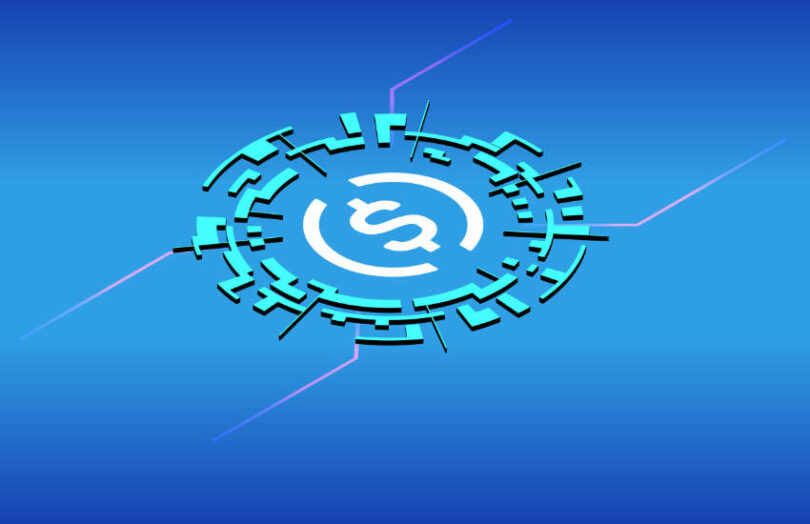Last week Circle, the issuer of the USDC stablecoin, called for the ability to hold stablecoin reserves at the Federal Reserve until wholesale central bank digital currencies (CBDC) are released when they can be used instead.
It’s been just ten days since USDC lost its peg after Circle revealed it had $3.3 billion stuck in the failed Silicon Valley Bank (SVB). It has since recovered following the FDIC’s willingness to cover all depositors, including those above the $250,000 ceiling. The stablecoin’s reserves are held 80% in U.S. Treasuries and 20% in bank deposits.
“In some ways, the events surrounding SVB act as a vindication of what we have been advocating for, and that is a full Fed reserve model, where we could have access to risk-free cash,” said Circle Senior Policy adviser Tarleton Watkins at a Warwick Business School event. While wholesale CBDCs provide an optimal backing asset, access to direct bank accounts in the interim would address the counterparty risk.
“Although it is rare to have cascading bank failures, like in the financial crisis of 2008, this event with SVB put Circle through a very serious stress test, and we have come through it,” said Watkins. He added it “provides an excellent learning lesson and prepares us for the next steps as to where regulation should go.”
In a recent speech, U.S. Treasury under-secretary Nellie Lang discussed the possibility of a wholesale CBDC being used by stablecoin issuers for reserve assets. However, if a decision is made to go forward with a wholesale CBDC, it’s likely several years away.
Circle will soon have some central bank access
In the near future, the 80% of USDC’s reserves held in Treasuries may be (sort of) able to be held at the central bank in the U.S., as we previously explored. BlackRock manages the Treasury portfolio as part of a money market fund. And money market funds can buy Treasuries from the Federal Reserve, which are resold to the Fed in a day or so at a slightly higher price. The net effect of the cash flows in this reverse repo transaction is not dissimilar to depositing the USDC reserve cash at the Federal Reserve.
However, this only applies to the money market fund. Circle has chosen to keep a hefty portion – 20% of its reserves – at commercial banks to cover a sudden significant redemption event such as a run. And it is here that the risk of a commercial bank failure is encountered.
Paxos, which manages the Binance USD stablecoin (BUSD), holds a far smaller proportion of assets in cash. It currently parks a siginificant proportion of BUSD reserves in Treasury reverse repos, but with non-central bank counterparties. The BUSD norm was to keep around 4% of reserves in cash, with the proportion increasing in February when Paxos was instructed by its regulator to phase out BUSD. Since the SVB collapse, Paxos has reduced the cash reserves to less than one percent of total assets.






